In the 1920s, Grand Avenue in Queens was a thoroughfare of rapid change, evolving from a country road into a busy commercial and residential artery. The decade saw a surge in development, transforming the landscape of neighborhoods like Elmhurst and Maspeth through which it passed.
At the beginning of the decade, remnants of a more rural past were still visible. Some older wooden farmhouses and open lots stood alongside the newer buildings. However, the period was defined by a construction boom. New, attached two-family brick houses were built in large numbers on the streets branching off Grand Avenue, catering to families moving to the borough.
Trolley cars were the lifeblood of the avenue. The Grand Street Line, with its electric streetcars, clanged along tracks laid in the center of the road. These vehicles provided a direct and reliable connection to the ferry terminals and other parts of Brooklyn and Queens. The trolleys were a constant presence, carrying workers, shoppers, and residents along the route from early morning until late at night.
Read more
The street surface itself was often a mix of cobblestones and pavement, shared by the trolleys, horse-drawn delivery wagons, and a growing number of automobiles. Early motorcars, like the Ford Model T, became an increasingly common sight, navigating the bustling street alongside the more traditional forms of transport.
Commerce thrived along Grand Avenue. The ground floors of new brick buildings were filled with shops and services essential for the growing communities. These included bakeries, butcher shops, hardware stores, and small grocery stores with awnings that stretched over the sidewalks. Hand-painted signs advertised everything from shoe repair to dental services. The street was also a hub for entertainment, with local movie theaters, such as the Elmhurst Theatre which opened in the mid-1920s, showing silent films.
The construction of the elevated subway line along Queens Boulevard, just north of Grand Avenue, spurred even more growth. This new, faster connection to Manhattan made the area more desirable. As a result, land values increased, and the remaining open spaces along Grand Avenue began to fill in with apartment buildings and more commercial blocks throughout the decade.


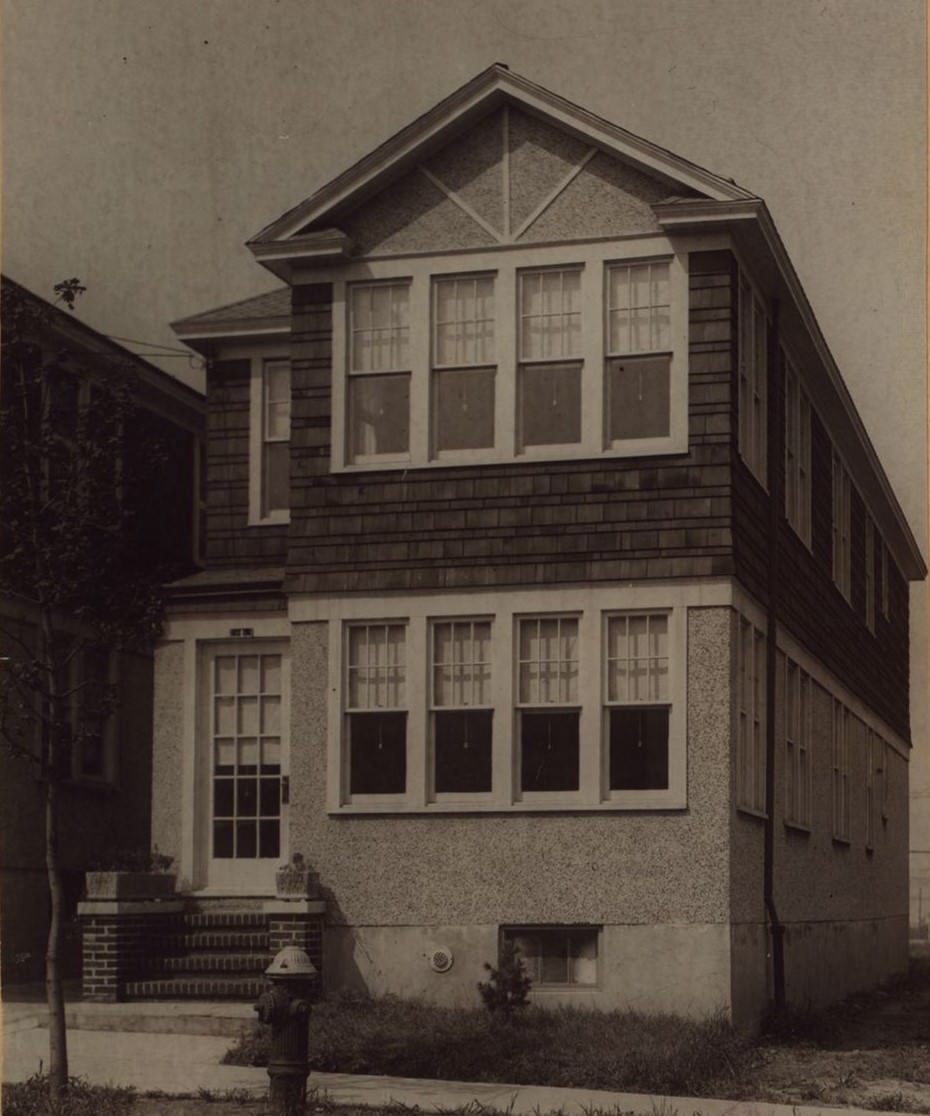
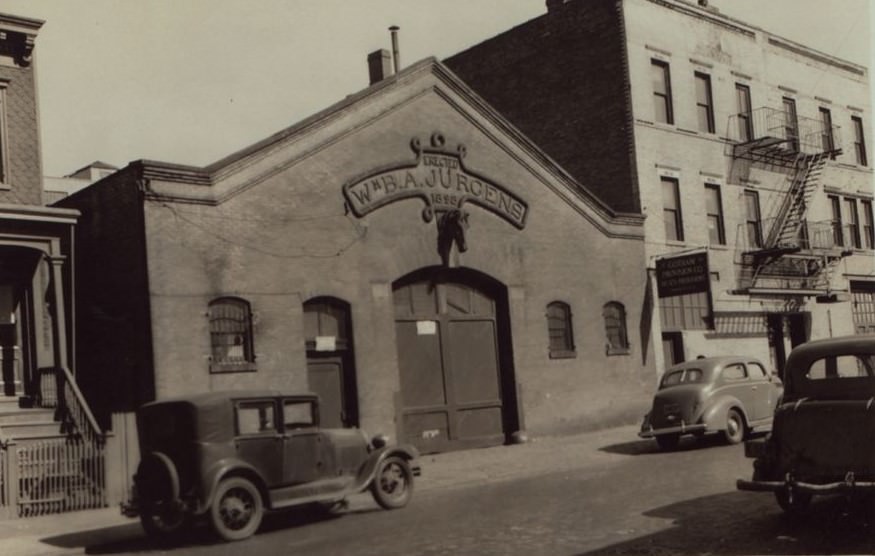
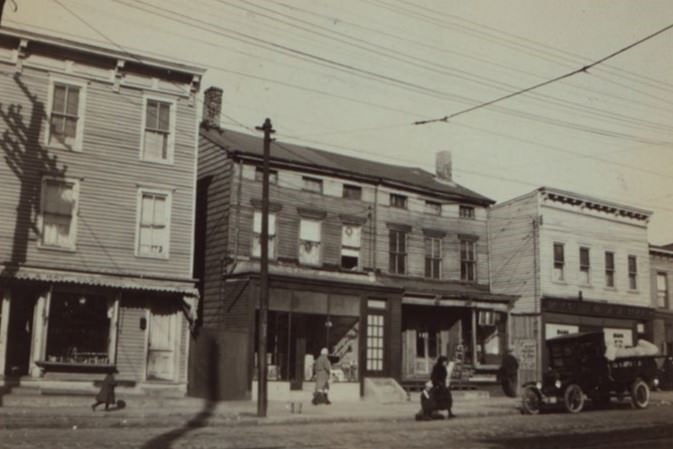
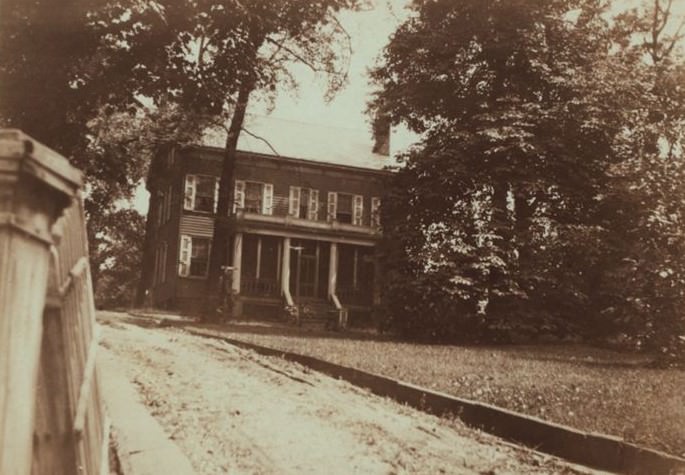
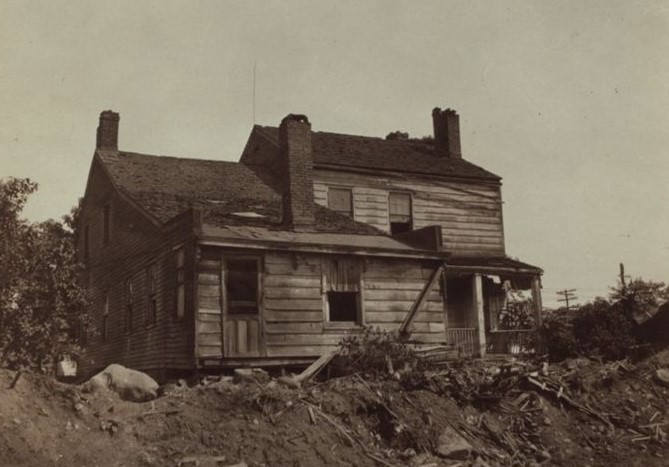
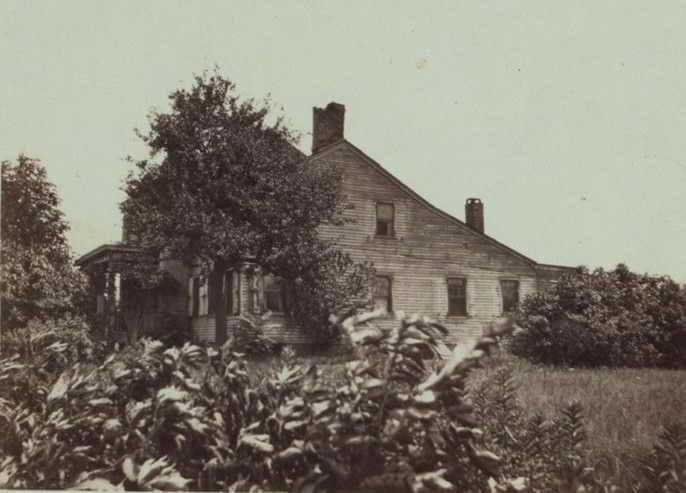
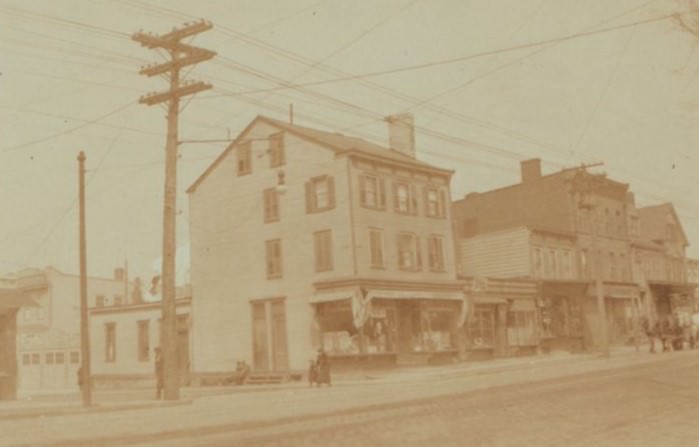
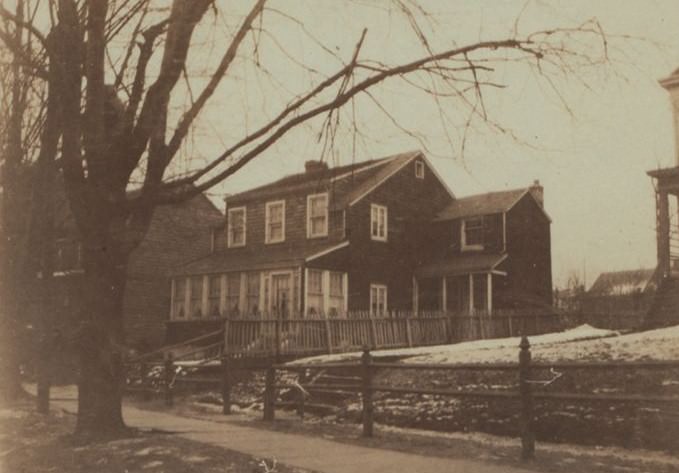
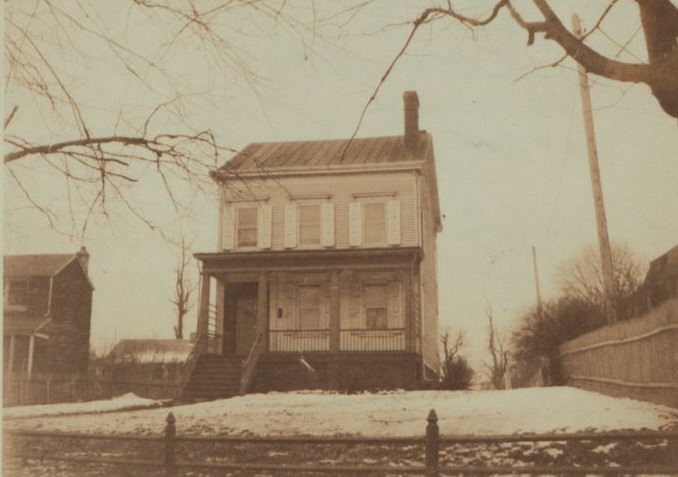
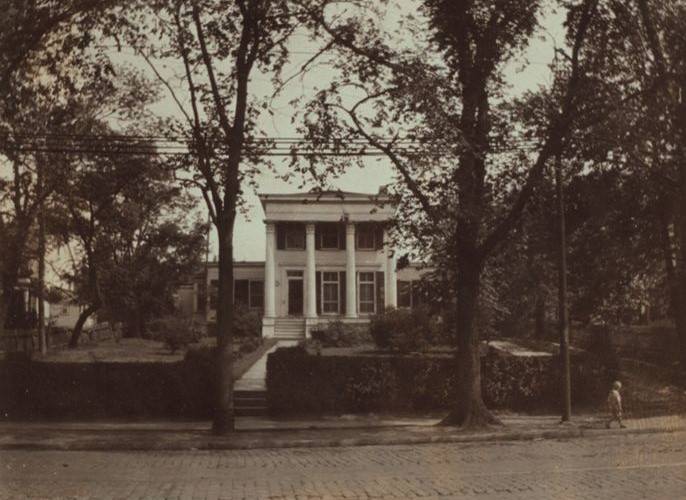
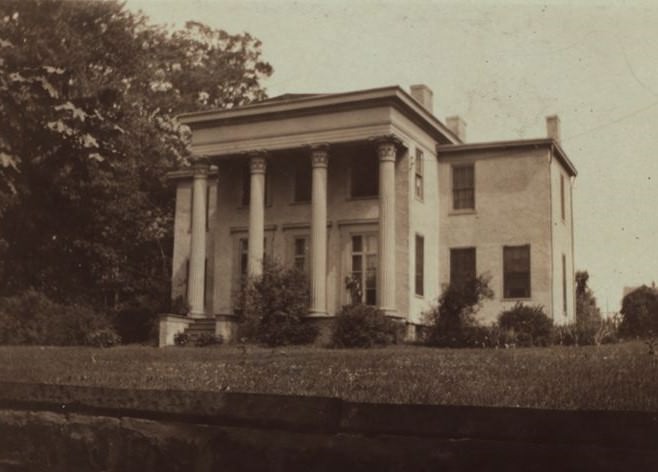
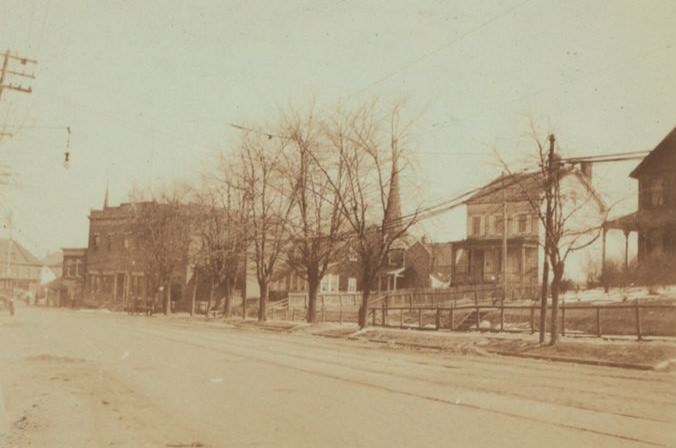
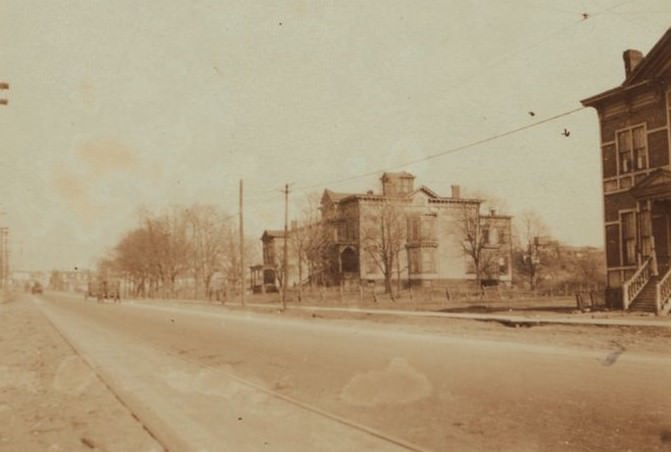
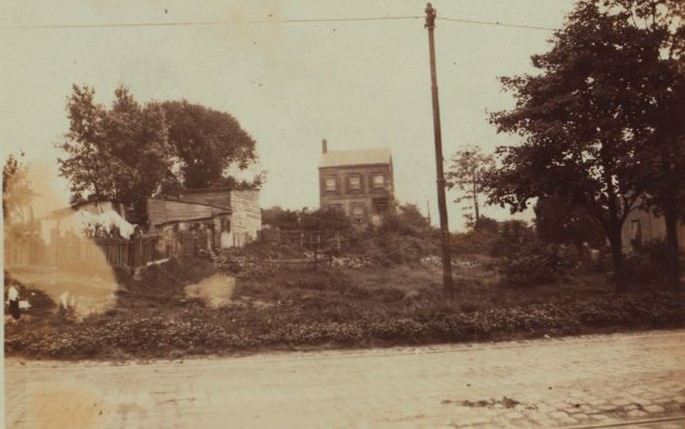
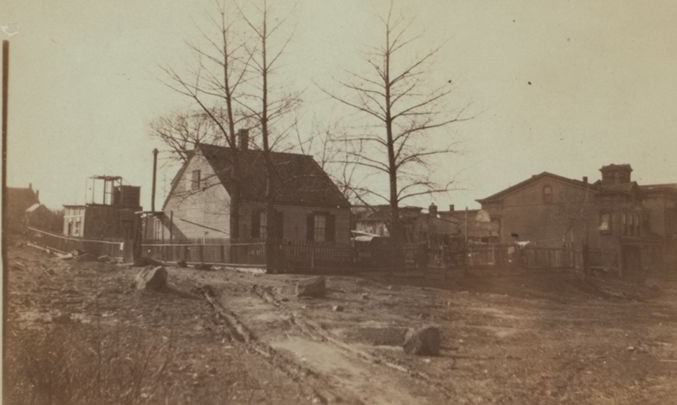
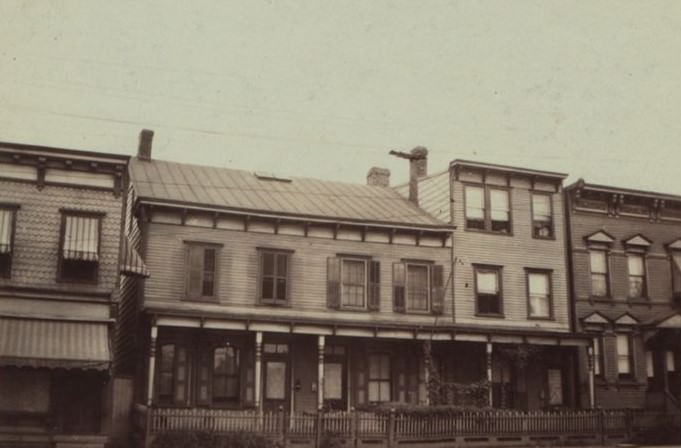
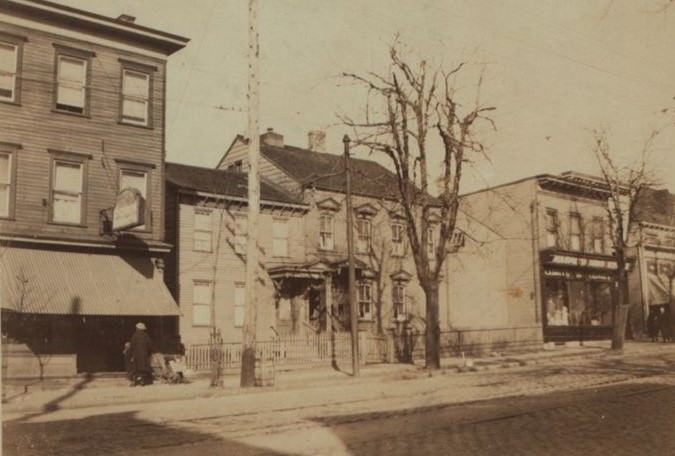
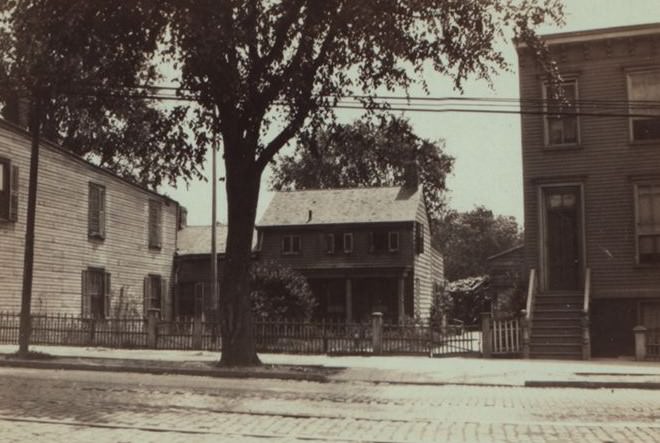
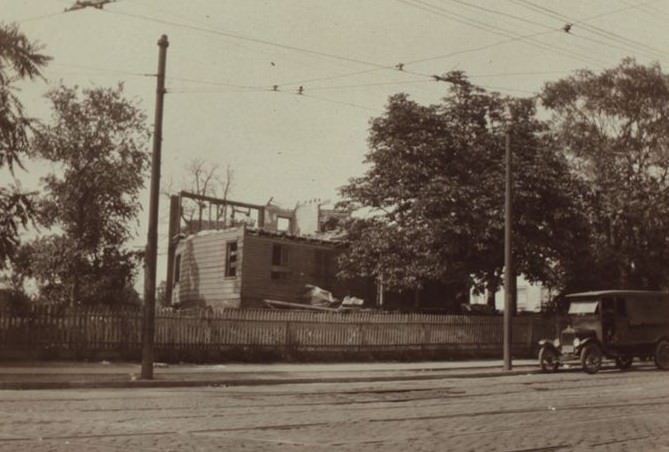
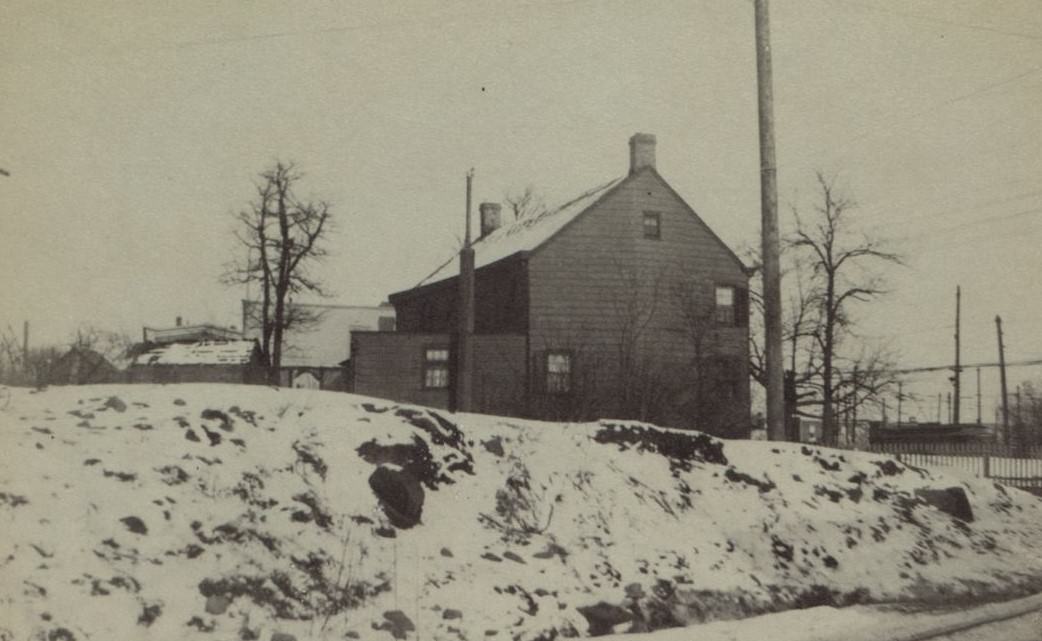
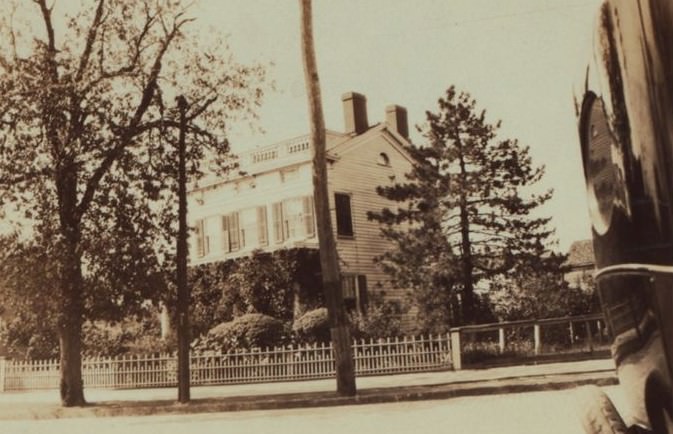
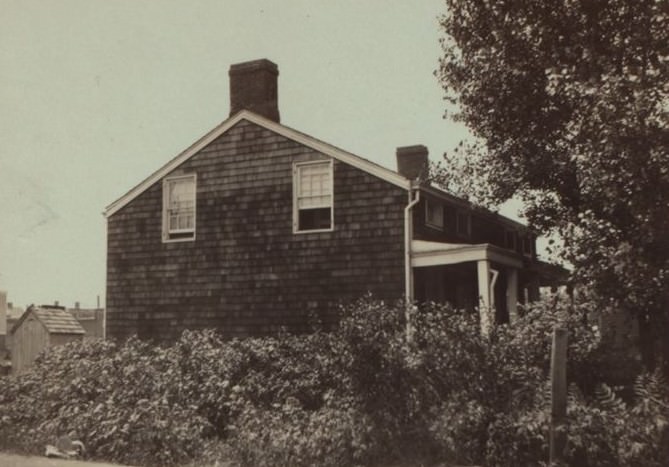
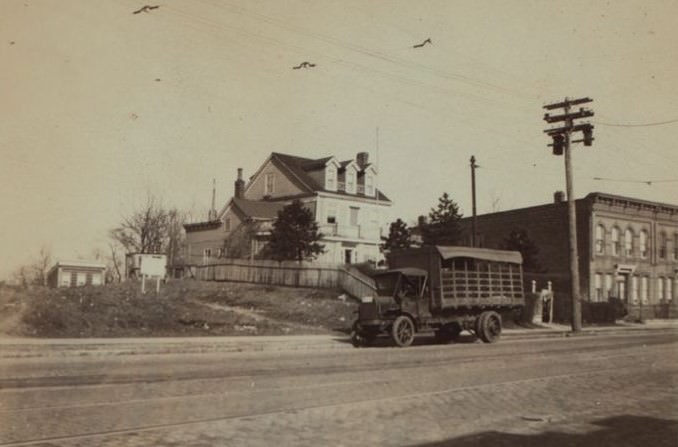
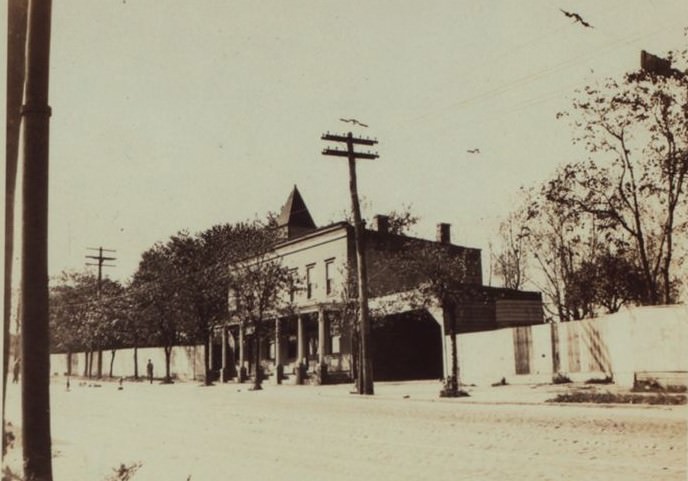
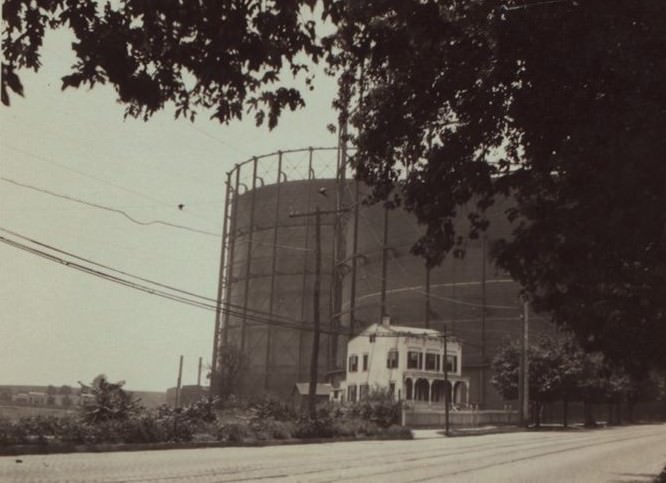
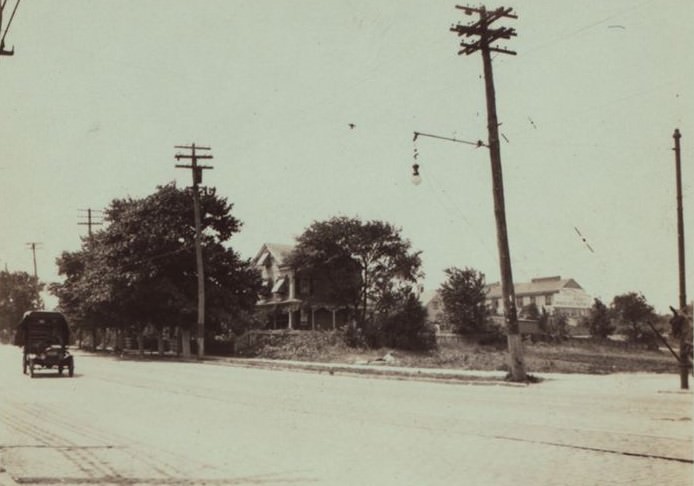
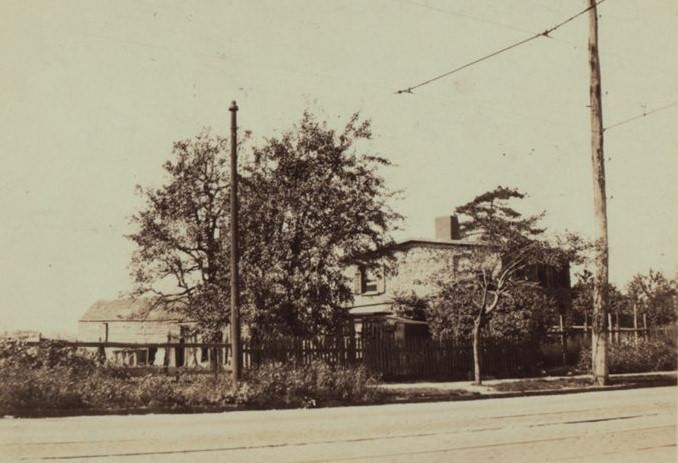
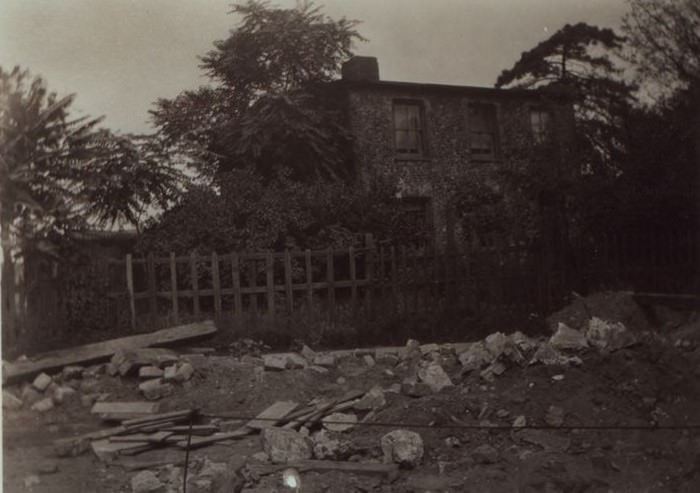
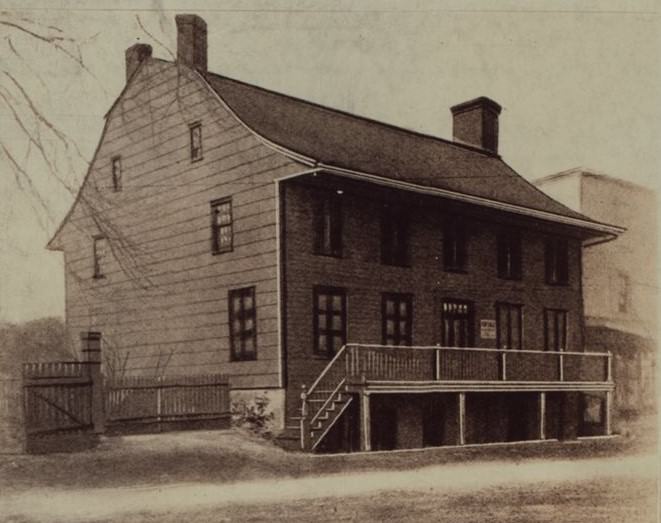
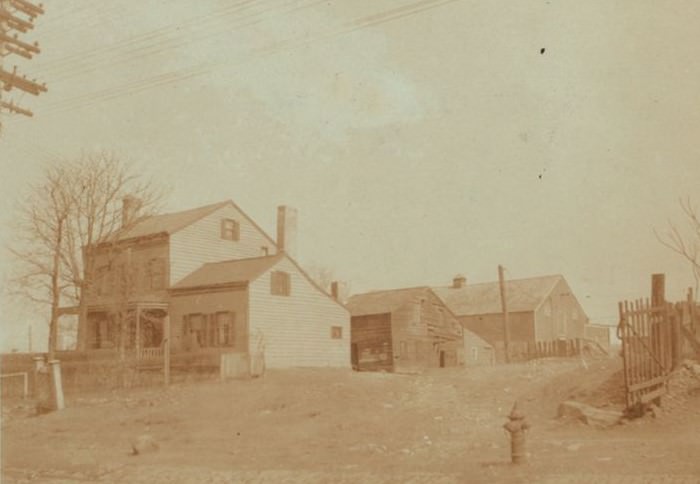

GIPHY App Key not set. Please check settings